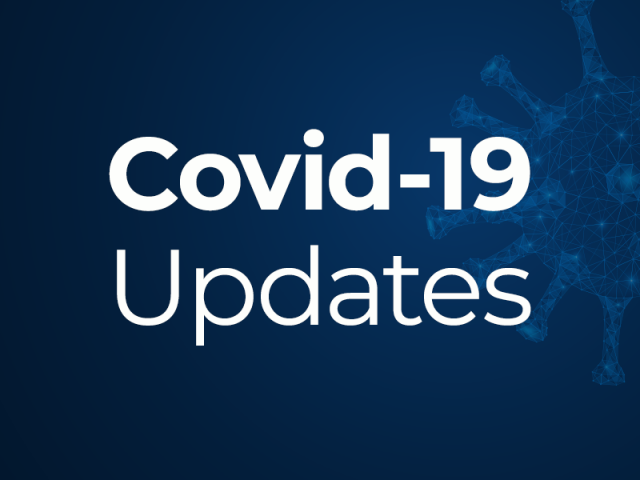
Job Retention Scheme: IMPORTANT
The government has now issued a Direction to HMRC giving them power to make payments to employers for furloughed staff under the Job Retention Scheme. This Direction could still be subject to further update and amendment, however it should be taken (for now) as being the definitive and final guidance as to exactly how the Job Retention Scheme will work and how employers should effectuate the furlough of their staff.
Employers who are furloughing employees and seeking to access grant payments under the Job Retention Scheme should note the following key points:
- As per our previous update from 15th April, the scope of the furlough scheme has been extended to include employees who were on the payroll as at 19th March. Previously the cut off had been 28th February. To be eligible under the grant scheme, the employer must have submitted real time information payroll data by that date. This amendment includes those employees who have TUPEd into an organisation between 28th February and 19th March.
- The scheme is NOT limited to those employees who would otherwise have been made redundant. It applies to anyone who is furloughed “by reason of circumstances as a result of Coronavirus or Coronavirus disease”. This means that employees who are required to shield or who have to remain absent from work to look after children can be furloughed. The ability to furlough does not however extend to employees who are fit and able to work themselves but who live with someone who is shielding and who would therefore prefer not to work.
- Based on the above, if an employee becomes ill during furlough leave with Covid-19 or lives with someone who does, they do not need to be moved out of furlough leave onto sick leave. This may constitute a technical breach of the implied duty of trust and confidence between a Company and its employees.
- A director who is furloughed can only undertake work to fulfil a duty relating to the filing of accounts or provision of other information relating to the administration of the director’s duties: for example, the filing of statutory returns. This is important because it means that directors cannot get around the “no work requirement” by arguing that they have a duty to further the interests of the Company.
- To claim furlough pay, the employer and employee MUST have agreed in writing that the employee will cease all work. This is very important, and you need to look at any correspondence which you may have issued to staff to date to ensure that this is covered because HMRC will be undertaking a paper based audit.
- The amount of salary for the employee must disregard anything which is not “regular salary or wages”. Things like performance bonuses therefore or annual bonuses are therefore excluded from the calculation.
- The employer cannot claim for any salary which is “conditional on any matter”. This means that if an employer has said that a “certain payment” or “benefit” will only be made if the grant claim is successful, this additional payment or benefit cannot be claimed back from the government under the Job Retention Scheme.
- The employer can however, claim for earnings which it “reasonably expects to be paid” to the employee. This is likely therefore to include any deferred earnings owing to an employee provided that the payment is not conditional on the Scheme paying out.
- Employers can continue to subject employees to disciplinary and grievance processes during furlough leave and redundancy consultations. Participation in these processes is not classed as “work”. However, if an employee wants to be accompanied by a colleague then they will not be able to do this if they are furloughed because this will be classed as work.
- If an employee is dismissed during furlough leave and are required to work their notice period, the employer can claim for wages under the Job Retention Scheme to cover the notice period. For any notice period however, the employer MUST top up the employees’ wage to 100%.
- No claim to Job Retention Scheme may be made in respect of an unpaid sabbatical or other period of unpaid leave of an employee beginning before or after 19 March 2020 (whether agreed or otherwise arranged conditionally or unconditionally on, before or after that day).
- In terms of the subject which we have all been waiting for clarity on, sadly (and unbelievably) the Direction is completely silent on annual leave! We still don’t have any definitive answers at all when it comes to questions about whether an employee can take annual leave during furlough leave, what they should be paid and how employers should treat this month’s bank holidays.
- On a final point, whilst the Directive hasn’t provided in depth details about how Salary Sacrifice schemes should be treated, HMRC have taken to Twitter on this point. The comments don’t form part of any definitive guidance, but they are worth a look!
The Direction can be viewed in full, here.
As always, we are constantly reviewing the situation and we will continue to update you as soon as we can with all breaking developments. If you would like to discuss how these latest developments may affect your business, please contact the Employment Team on 01274 864999.